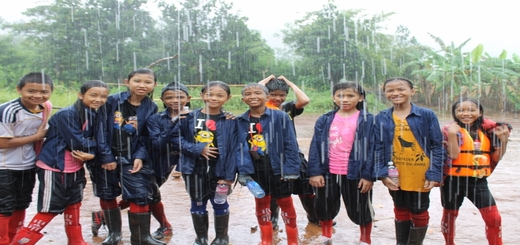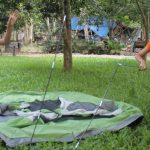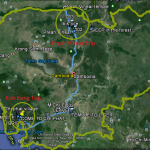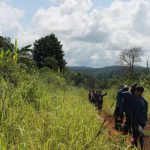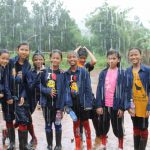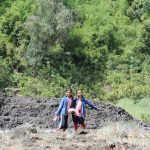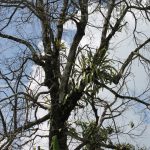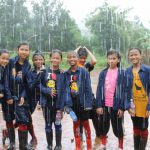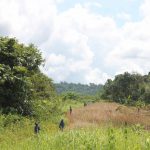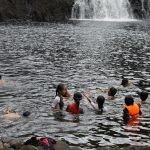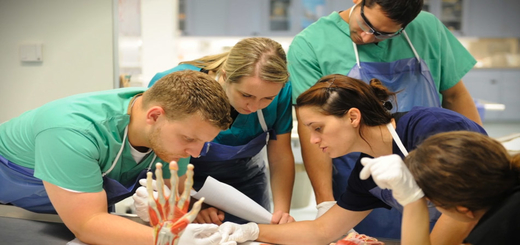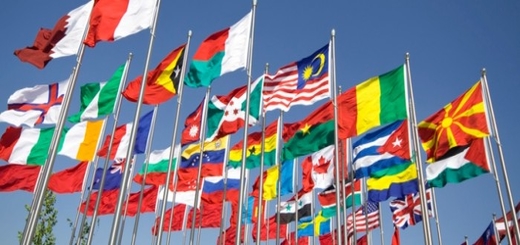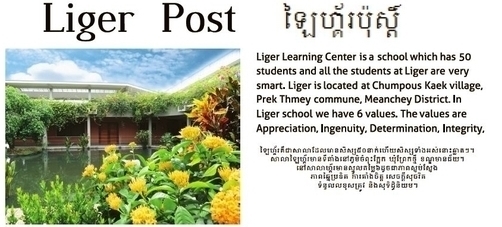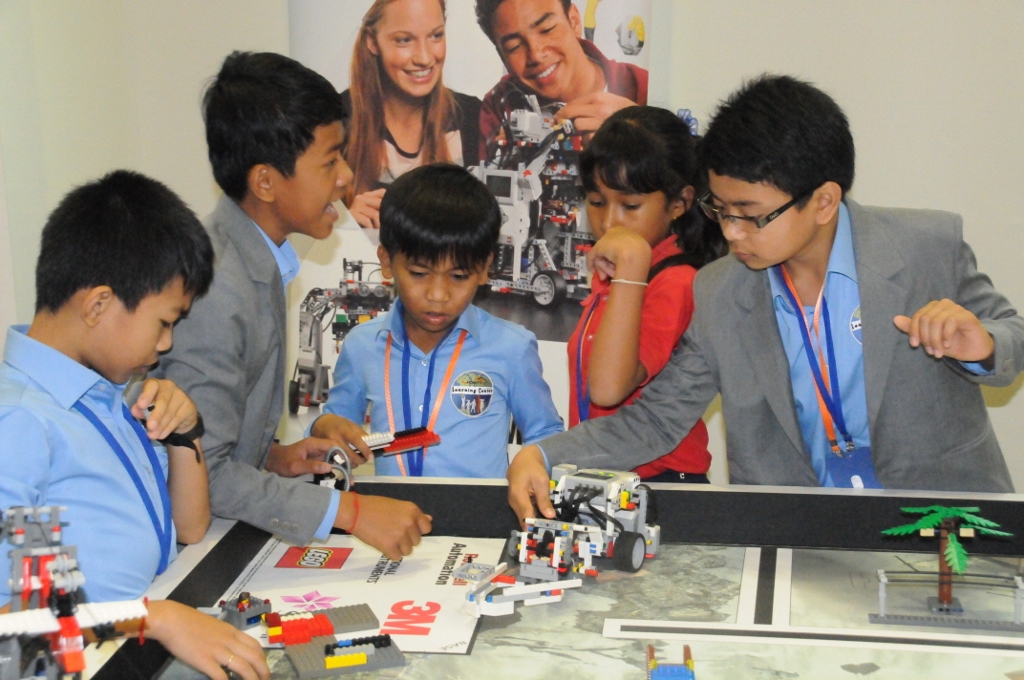Name of course: World Geography
Learning Facilitator: Darath
Number of students: 12
Advanced Enrichment Date: Session 1: Aug. 11-Oct 17
In the World Geography Advanced Enrichment we studied about seven continents in the world and how the world geography looks. There are two parts of geography: Human Geography and Physical Geography. In Human Geography we focus on human society, like Transportation, Political independence, Religion, Culture, etc. Physical geography refers to geography in the Earth. More specific than that we learned about the land, climate, forest and so on. In the classroom we did many interesting activities like researching about all continents in the world, played geography games and we presented to the friends about the lesson. At the point that we got to Australia we thought that Australia was very complicated. Also we found out that Australia is a country and a continent. We are all very devastated because we didn’t want the class to end.


